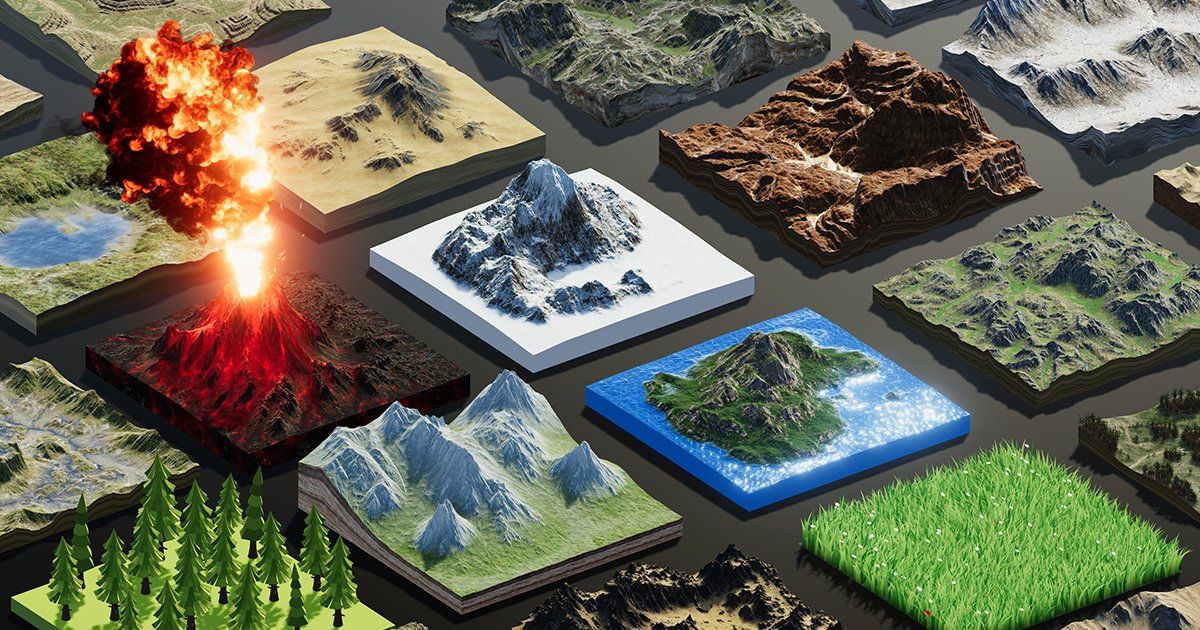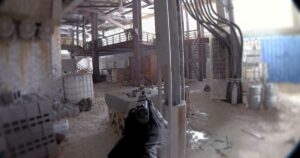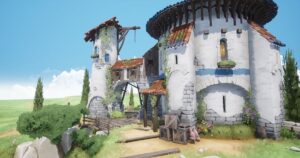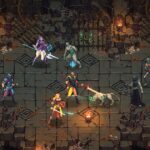What Are Game Assets?
The game industry thrives on creativity and technology, and at the heart of this process are game assets. Game assets are the various components that make up a game, from visual elements to sound effects. The creation and use of game assets are crucial for game development, allowing developers to build immersive and engaging experiences. The process of creating these assets requires a blend of artistic skill and technical know-how, making it a fundamental part of the game development pipeline.
The game assets are categorized into different types depending on their function and use in the game. These assets include visual components like characters and environments, as well as audio components like sound effects and music. The development of game assets is often handled by specialized teams within a game development studio, each focusing on their area of expertise to ensure that the final product is polished and cohesive.
What Are the Typical Game Assets?
The typical game assets include a wide range of elements that bring a game to life. These assets are the building blocks of any game, contributing to its overall look, feel, and sound. The most common types of game assets are character models, environmental textures, animations, sound effects, and user interface elements.
Each of these components plays a unique role in creating a cohesive gaming experience that is both engaging and visually appealing.The game assets are typically created using various software tools designed specifically for game development. These tools allow artists and developers to create detailed models, textures, and animations that can be easily integrated into the game engine.
What Are Different Game Assets?

The different game assets used in a game can vary depending on the genre and style of the game. For example, a fantasy RPG might require detailed character models and elaborate environments, while a casual mobile game might focus more on simple 2D graphics and user interface elements. The most common types of game assets include:
- Character models: 3D representations of the characters in the game.
- Environmental textures: Surface details that are applied to the environment.
- Animations: Movement and action sequences for characters and objects.
- Sound effects: Audio elements that enhance the gameplay experience.
- Music: Background music that sets the tone for the game.
The game assets are often created by different members of the development team, each specializing in a particular area. For example, a character artist might focus on creating detailed character models, while a sound designer might work on the game’s audio assets.
What Are Game Assets Used For?
The game assets are used to create the various elements that make up a game. These assets are essential for building the visual and audio components of a game, allowing developers to create immersive and engaging experiences. The use of game assets is not limited to just one part of the game.
They are used throughout the entire game development process, from the initial concept to the final product.The game assets are typically used in conjunction with a game engine, which is the software that powers the game. The game engine uses these assets to create the various elements of the game, such as characters, environments, and sound effects.
How Are Game Assets Created?
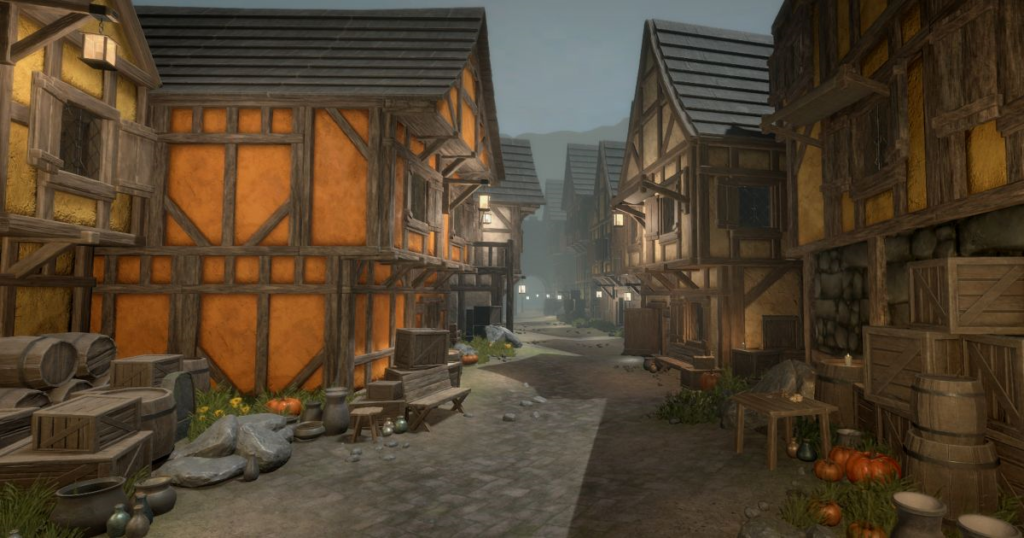
The creation of game assets is a complex process that requires a combination of artistic skill and technical knowledge. The first step in creating game assets is usually the concept art phase, where artists create rough sketches and designs for the various elements of the game.
These designs are then refined and turned into detailed models, textures, and animations.The game assets are created using specialized software tools, such as 3D modeling programs and animation software. These tools allow artists to create detailed and realistic models and animations that can be easily integrated into the game engine.
What Are the Common Types of Game Art Assets?
The common types of game art assets include character models, environmental textures, animations, and user interface elements. Each of these components plays a unique role in creating a cohesive and engaging gaming experience. Character models, for example, are 3D representations of the characters in the game, while environmental textures are the surface details that are applied to the environment.
The game art assets are often created by different members of the development team, each specializing in a particular area. For example, a character artist might focus on creating detailed character models, while a texture artist might work on creating realistic environmental textures.
What Are Game Assets in 2D and 3D Games?
The game assets in 2D and 3D games differ significantly in terms of their creation and use. In 2D games, assets are typically flat images that are used to create the various elements of the game, such as characters, backgrounds, and user interface elements. These assets are usually created using software tools like Photoshop or Illustrator, and they are often simpler and less detailed than their 3D counterparts.
The game assets in 3D games, on the other hand, are more complex and detailed. These assets include 3D models, textures, and animations that are used to create the various elements of the game. The creation of 3D assets requires specialized software tools, such as 3D modeling programs and animation software.
What Are the Differences Between Game Assets in Different Genres?
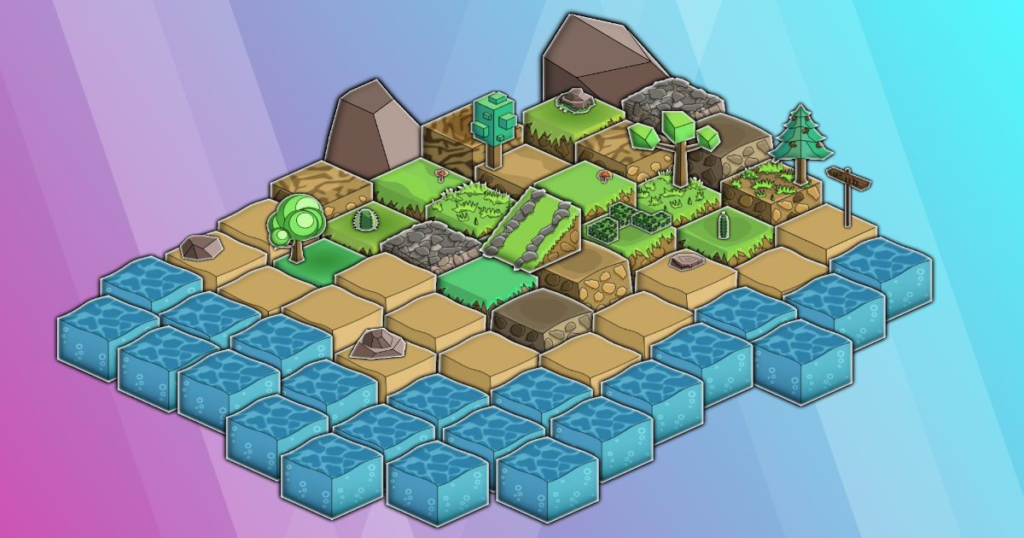
The differences between game assets in different genres can be significant, depending on the style and gameplay mechanics of the game. For example, a first-person shooter might require highly detailed character models and realistic environmental textures, while a puzzle game might focus more on simple 2D graphics and user interface elements.
The choice of game assets is often influenced by the genre and style of the game, as well as the target audience.The game assets are also influenced by the platform on which the game is being developed. For example, a mobile game might require simpler and less detailed assets due to the limitations of the platform, while a console game might allow for more detailed and complex assets.
What Are the Key Considerations When Creating Game Assets?
The key considerations when creating game assets include the style and genre of the game, the target audience, and the platform on which the game will be played. These factors play a crucial role in determining the type and quality of assets that will be used in the game. For example, a game aimed at a younger audience might require simpler and more colorful assets, while a game aimed at an older audience might require more realistic and detailed assets
The game assets also need to be optimized for performance, especially in games that are played on multiple platforms. This means that the assets need to be created in a way that ensures they run smoothly on all platforms, without causing performance issues.
How Are Game Assets Integrated Into a Game?
The integration of game assets into a game is a crucial part of the game development process. This involves importing the assets into the game engine and setting them up to work with the various elements of the game, such as characters, environments, and user interfaces. The integration process requires a deep understanding of the game engine and its capabilities, as well as the ability to troubleshoot and solve any issues that may arise.
The game assets are typically integrated into the game during the later stages of development, once the core gameplay mechanics have been established. This allows developers to focus on fine-tuning the game’s visual and audio elements, ensuring that they enhance the overall gameplay experience.
What Are the Challenges in Creating Game Assets?
The challenges in creating game assets are numerous and can vary depending on the complexity of the game. One of the biggest challenges is ensuring that the assets are both visually appealing and optimized for performance. This requires a careful balance between detail and efficiency, as overly detailed assets can lead to performance issues, while overly simplified assets can detract from the overall visual experience.
The game assets also need to be created in a way that ensures they are compatible with the game engine and other elements of the game. This requires a deep understanding of the technical requirements of the game engine, as well as the ability to troubleshoot and solve any issues that may arise during the integration process.
What Are the Best Practices for Creating Game Assets?
The best practices for creating game assets include a combination of artistic skill and technical knowledge. The first step in creating game assets is usually the concept art phase, where artists create rough sketches and designs for the various elements of the game. These designs are then refined and turned into detailed models, textures, and animations using specialized software tools.
The game assets should be created with the target audience and platform in mind, ensuring that they are both visually appealing and optimized for performance. This requires a careful balance between detail and efficiency, as well as a deep understanding of the technical requirements of the game engine.
What Are the Trends in Game Asset Creation?
The trends in game asset creation are constantly evolving, driven by advances in technology and changes in player preferences. One of the biggest trends in recent years has been the move towards more realistic and detailed assets, driven by the increasing power of modern gaming hardware. This has led to a growing demand for high-quality 3D models, textures, and animations that can take full advantage of the capabilities of modern game engines.
The game asset creation is also becoming more accessible, thanks to the rise of new tools and technologies that make it easier for artists and developers to create high-quality assets. This has led to a growing number of independent developers and small studios creating their own assets, often with a focus on unique and innovative visual styles.
What Are the Future Prospects for Game Asset Creation?
The future prospects for game asset creation are bright, driven by the growing demand for high-quality and immersive gaming experiences. As gaming hardware continues to improve, there will be an increasing demand for more detailed and realistic assets that can take full advantage of the capabilities of modern game engines.
This will likely lead to a growing need for skilled artists and developers who can create these assets, as well as a greater focus on optimization and performance.The game asset creation is also likely to become more accessible, thanks to the rise of new tools and technologies that make it easier for artists and developers to create high-quality assets.
Conclusion
The game assets are the building blocks of any game, providing the visual and audio components that make up the game world. The creation and use of game assets are crucial for game development, requiring a blend of artistic skill and technical knowledge.
As technology continues to evolve, the demand for high-quality game assets will only continue to grow, providing plenty of opportunities for skilled artists and developers to make their mark in the industry.
Frequently Asked Questions.
1. What are game assets?
The game assets are the various components that make up a game, including visual elements like character models and environmental textures, as well as audio elements like sound effects and music.
2. How are game assets created?
The game assets are created using specialized software tools, such as 3D modeling programs and animation software. The process involves concept art, modeling, texturing, and animation.
3. What are the challenges in creating game assets?
The challenges in creating game assets include ensuring that the assets are both visually appealing and optimized for performance, as well as ensuring compatibility with the game engine.
4. What are the trends in game asset creation?
The trends in game asset creation include a move towards more realistic and detailed assets, as well as the increasing accessibility of tools and technologies that make it easier to create high-quality assets try.

Welcome to our gaming website Mike Daniel, your dedicated guide is here to bring you the latest insights and updates from the world of gaming.
